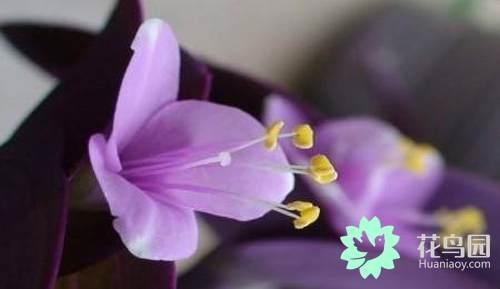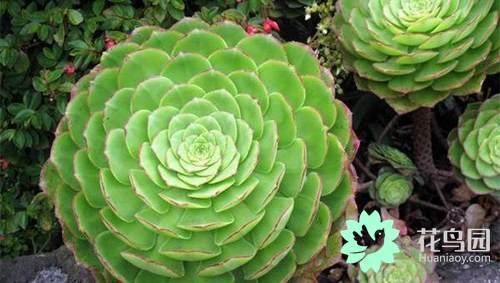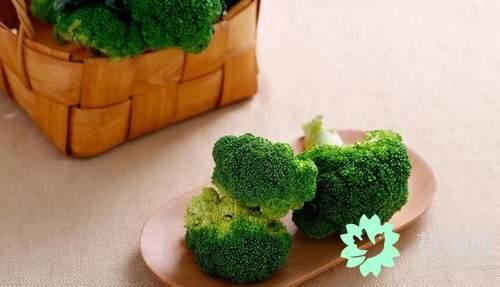Planting method of potted Purple Bamboo Plum

Purple bamboo plum, in some places, people like to call it "purple leaf duck metatarsus", purple bamboo plum family belongs to perennial herbs. With the increase of potted friends who like purple bamboo and plum, it is now widely planted in pots all over the world. So, how to plant potted purple bamboo plum?
For the cultivation of purple bamboo plum, whether soil planting or hydroponic culture, it is relatively easy to survive; not only can be used like many potted flowers and plants for cutting propagation, but also the ramet method can be used to breed young plants. No matter which way of breeding young plants is adopted, when the young plants grow to a certain extent, they should be planted in the pot at the right time, which is the most important link in the process of planting purple bamboo plum.
First, select the basin.
First of all, in the choice of flowerpots, purple bamboo plum is not very picky, you can choose more economical clay pots, cylinder tile pots and other materials of flowerpots; if you need to be more beautiful and do not consider economic factors, it is recommended that we use porcelain pots, purple sand ceramic pots and other materials have a better effect.
Second, soil distribution
It is the preparation of basin soil. Here, the editor recommends several better soil allocation schemes for you:
1. Vegetable garden soil can be mixed with burnt slag in the proportion of 2:1.
2. Garden soil can also be mixed with river sand and sawdust according to the proportion of 4:1:2.
3. If you are well-off, you can also use perlite mixed with ceramsite and peat at the ratio of 2:1:2.
The above editor only recommended three soil allocation schemes, of course, there are many other soil allocation schemes, as long as the culture soil is suitable for the growth of Zizhu plum, more soil allocation schemes need to be explored in practice. The principle is that the prepared culture soil is as soft and breathable as possible and has good drainage. After the culture soil and flowerpots are ready, the young plants can be planted in pots.
Third, put on the basin
Before potting the young plants, put large particles or broken tiles about 2 cm thick in the flowerpot as a drainage layer, and then sprinkle 1-2 cm thick fully mature organic fertilizer as the base manure, and finally spread a layer of culture soil with a thickness of about 1-2 cm on top of the organic fertilizer. After completing the above operations, then put the young plants of Zizhumei into it, and pay attention to avoid direct contact between the root system and the organic fertilizer under the soil layer so as not to cause fertilizer damage and burn the root system. This is followed by continuing to cover the culture soil, watering once after the soil is finished, and keeping the potted plants in a cool place for maintenance and management.
IV. Management and protection
The maintenance and management measures of potted purple bamboo plum are mainly light and temperature and water and fertilizer management. After the plant returns to its normal growth state, it can gradually provide sufficient light conditions, but it is necessary to avoid sun exposure in summer high temperature weather; the temperature should be kept at 18-30 ℃, and necessary warm measures should be taken to avoid frostbite when the winter temperature is lower than 10 ℃. Usually watering is based on the principle of "no dry, no watering". In addition to keeping the basin soil moist, it should also be sprayed to increase air humidity and reduce temperature in high temperature and dry environment in summer. Zizhu plum does not have high requirements for nutrients, even if it is fertilization. We should also adhere to the principle of "thin fertilizer, frequent application of complete nutrients and uniform nutrients".
- Prev

Hydroponic culture method of lotus palm
Lotus palms are small and lovely in shape, green in color and high in ornamental value. Lotus palms can be placed next to televisions and computers to absorb electromagnetic radiation, and can be placed in the room to absorb harmful gases such as formaldehyde, thus purifying the air. The lotus palm has.
- Next

Rose is the queen of flowers, so do you know the vegetable queen?
Vegetable queen, delicious nutrients are high, you can raise several pots at home! Known as the "vegetable queen", broccoli is a very popular vegetable with delicious taste, high nutrition, high medicinal value and high medicinal value.
Related
- Wuhan Hospital Iron Tree Blooming Result Was Instantly Frightened by the Gardener Master
- Which variety of camellia is the most fragrant and best? Which one do you like best?
- What is the small blue coat, the breeding methods and matters needing attention of the succulent plant
- Dormancy time and maintenance management of succulent plants during dormancy
- Minas succulent how to raise, Minas succulent plant pictures
- What are the varieties of winter succulent plants
- How to raise succulent plants in twelve rolls? let's take a look at some experience of breeding twelve rolls.
- Attention should be paid to water control for succulent plants during dormant period (winter and summer)
- Watering experience of twelve rolls of succulent plants
- Techniques for fertilizing succulent plants. An article will let you know how to fertilize succulent plants.

